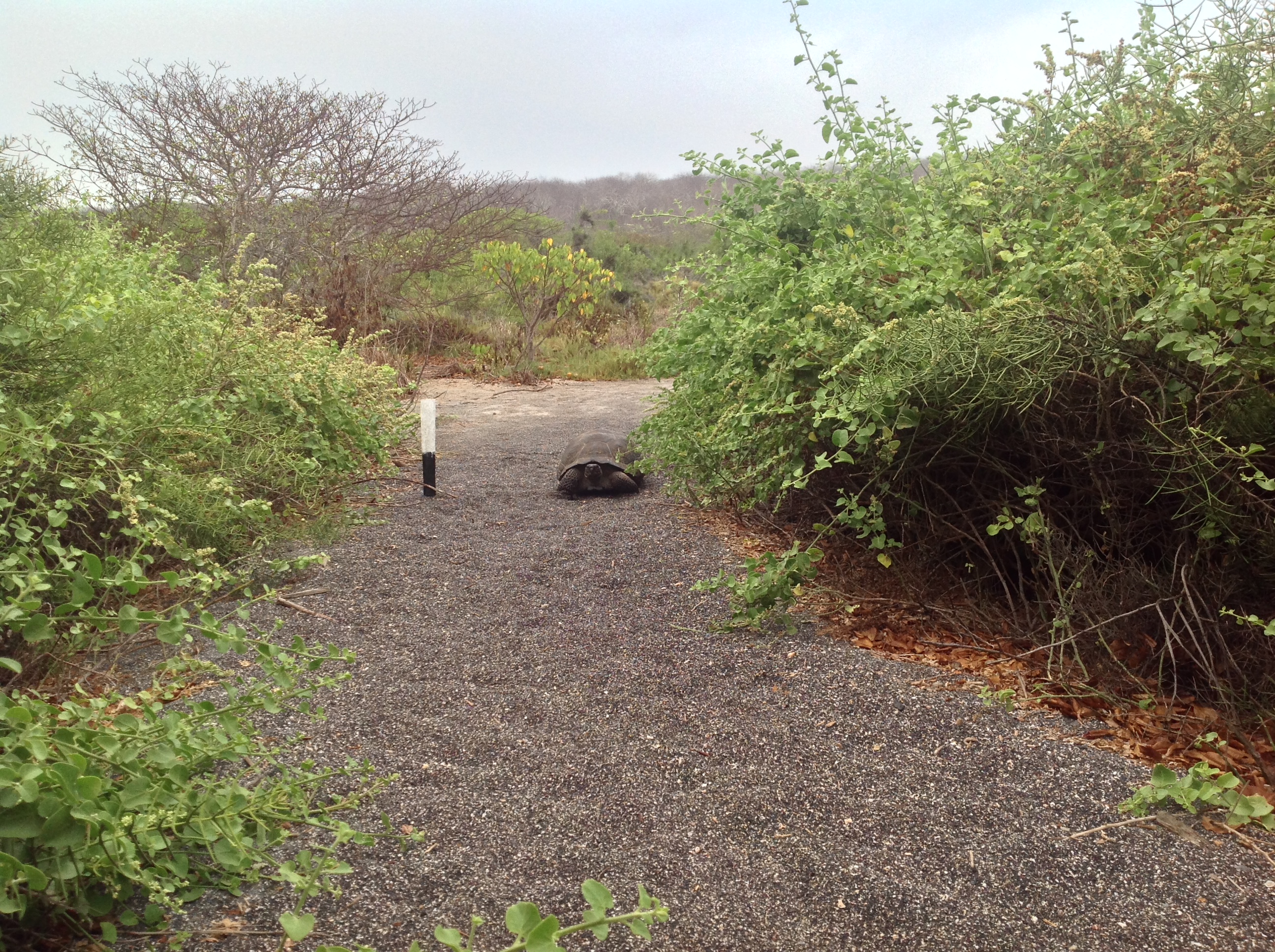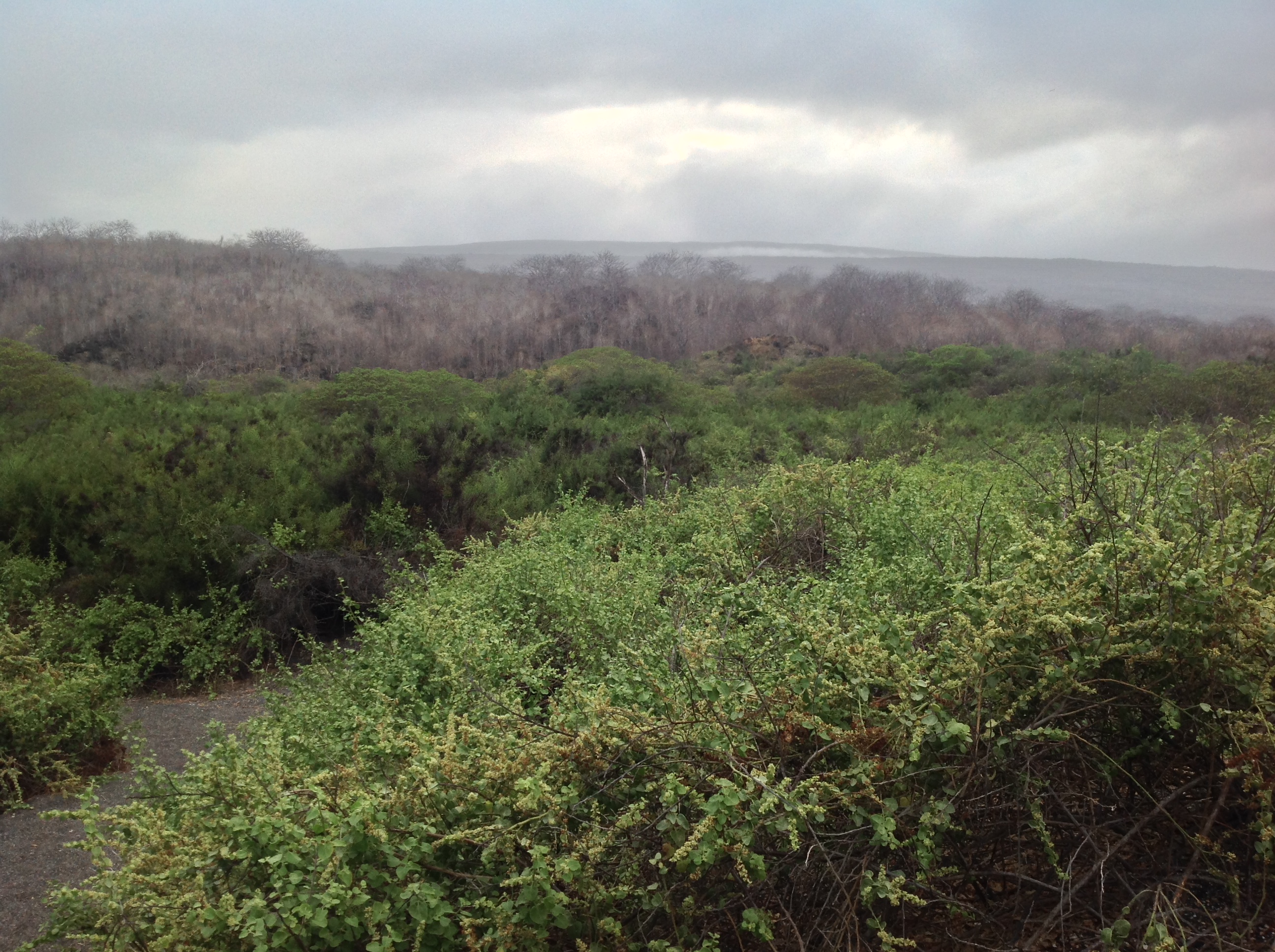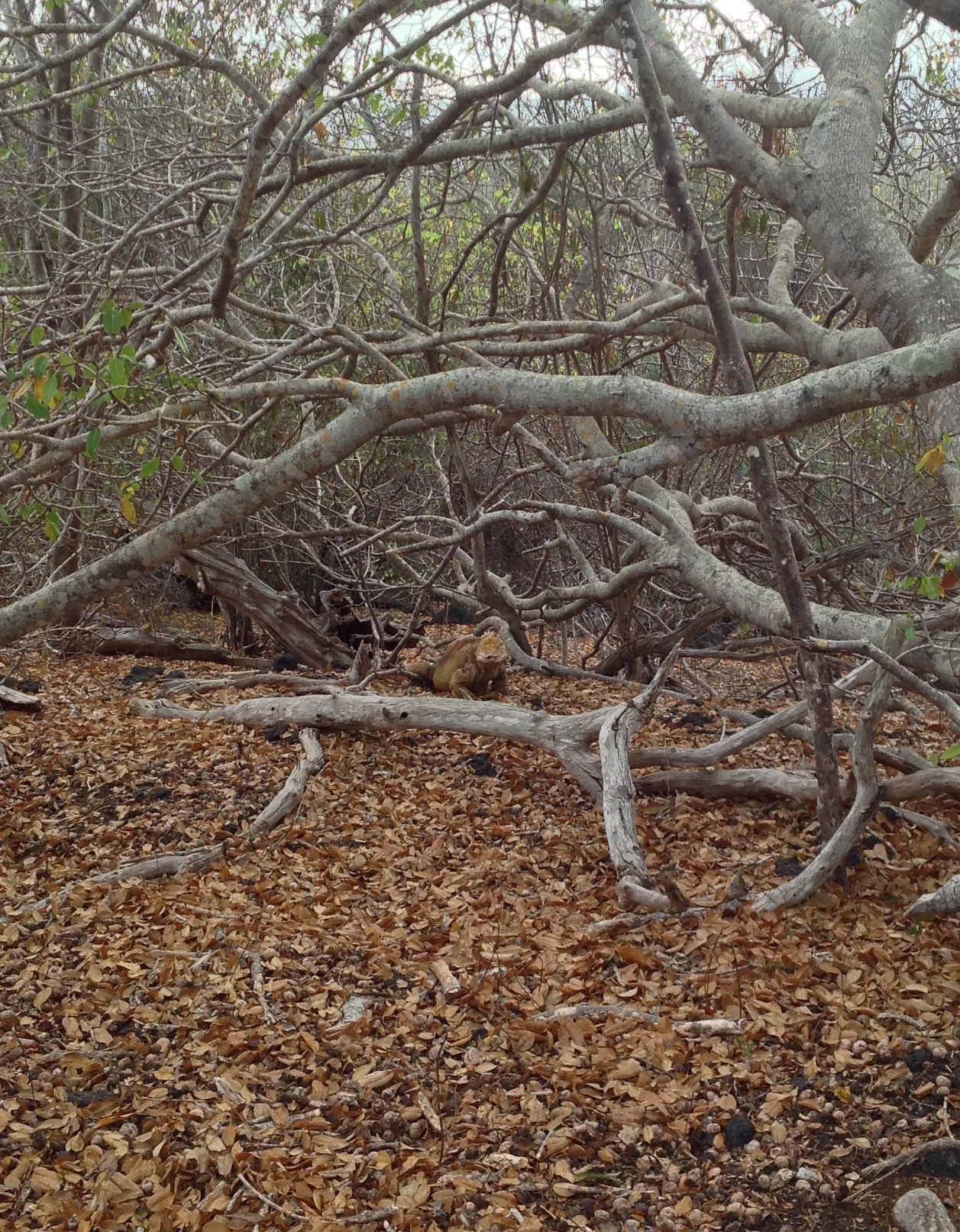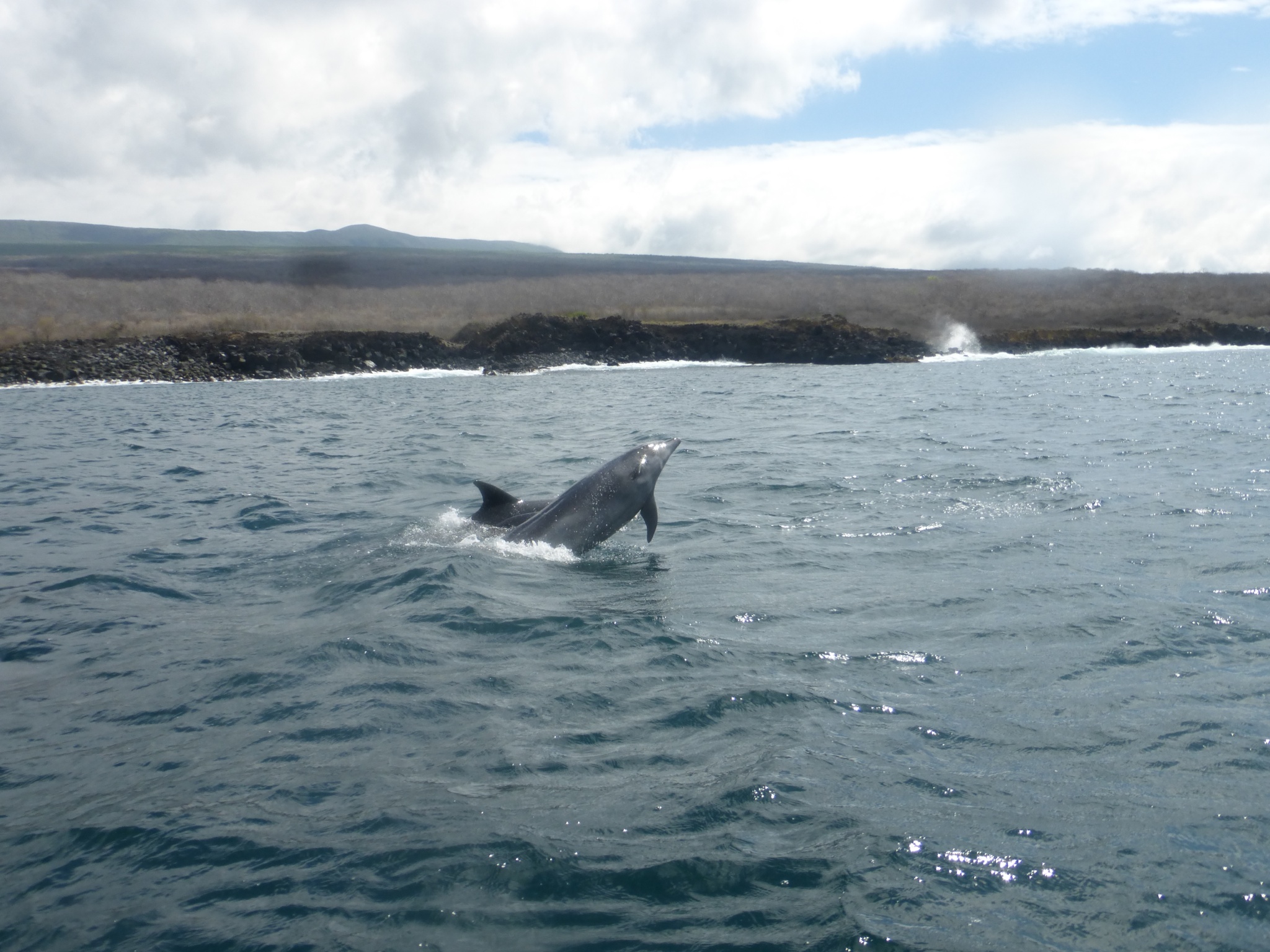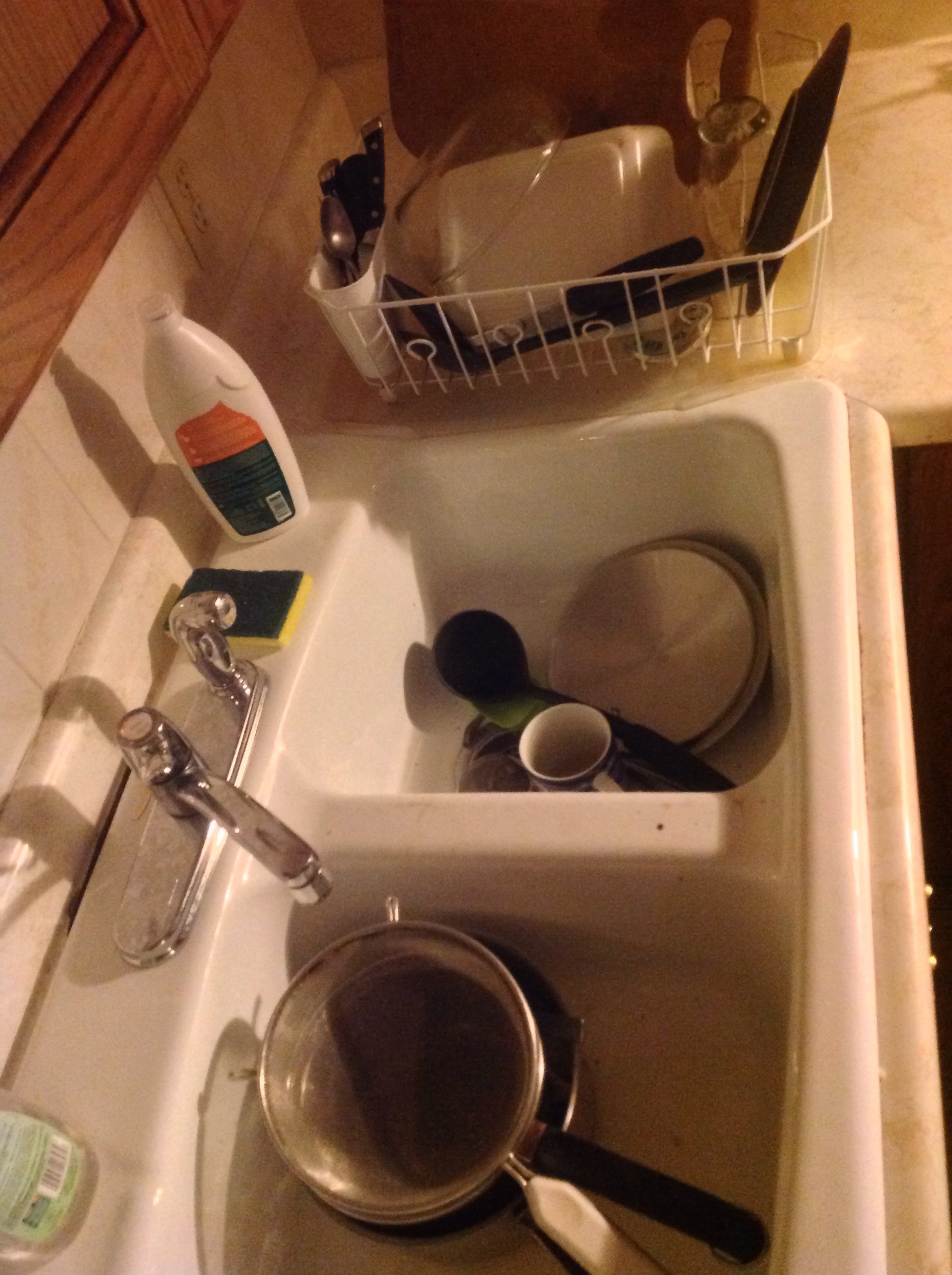I’ve personally never tried Instagram, but I have a number of friends who use it. They all love it. Instagram provides a platform for people to communicate with each other in a visual way through sharing photos. The uses for it vary widely from advertising, creating a photo journal, sharing with loved ones, or even posting images of symmetrical breakfast plates. (Check it out here, pretty neat.)
A few months ago my brother sent me an article on a growing trend, predominantly with female teenagers, with Instagram to create a “Rinsta” account and a “Finsta” account. Rinsta is the real instagram account, the public facing one with carefully filtered images and witty captions. Typically these postings will have already gone through an internal friend review process, after checking that nobody else in the friend group was planning on posting it. Then it will be posted at the most strategic time of day to acquire the greatest amount of “likes”. Rinsta accounts come with “rules” about how to maintain them. Life should always be portrayed as fun and idyllic, always a representation of only the best moments.
The Finsta account, ironically enough, is a combination of fake with instagram (according to the Urban DIctionary) and contains unedited images and spontaneous captions. No internal approvals necessary. The Finsta account is where a person can feel free to express herself as she likes, without any pressure or worry because the access is tightly controlled. Typically these accounts are only shared with close friends, so parents or peers won’t be able to see anything. Whereas Rinsta accounts are available for anyone to see.
So the fake account, Finsta, is used for the real stuff, and the Rinsta account is used for only a select portion of the “real” stuff which is then modified before posting. Public appearance counts for a lot, but the person can feel true to herself through the illusion of “privacy” created by using an alias and controlled access. I would assume this is mostly so teenagers can share things with their friends that they wouldn’t want their parents to see.

